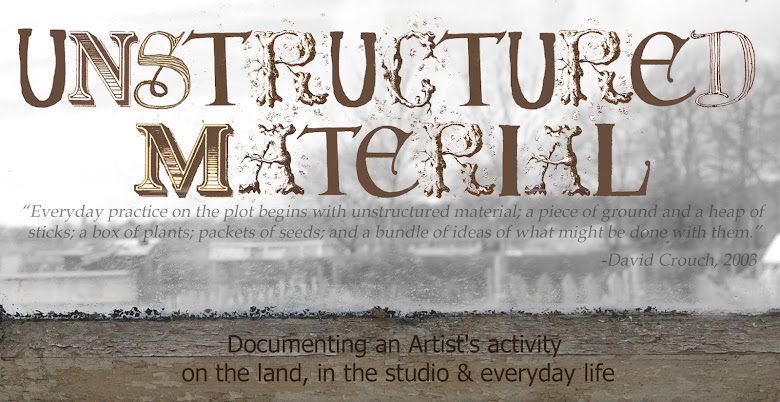On Sunday 11th
August 2013, The Wildflower Seed Bomb Workshop made SUPERNORMAL seedbombs!
 |
| Seed bomb kit! | |
|
|
|
It was a great opportunity to deliver the Wildflower Seed bomb Workshop within the
context of the SUPERNORMAL festival / experimental site where the focus remains
''firmly rooted in art, environment and pushing boundaries, and embracing difference
whilst celebrating common cause.''
SUPERNORMAL is a three day, experimental arts and music festival at
Braziers Park in Oxfordshire organised on a collective basis by artists and
musicians and offering a platform for artists, performers and musicians to work
collaboratively and creatively for a new kind of audience.
The workshop brought together young and old alike and we talked about
our own gardens, wild spaces, allotments (and growing efforts) and wastelands
and how we can improve them (using the SUPERNORMAL seedbomb as a starting
point!) whilst mixing the seedbombs.
The Braziers Park site
and the areas surrounding the communal house had some inspiring growing sites
with an organic kitchen garden and orchard. The Braziers’ estate is now
being managed so the wide diversity of habitats can be preserved and enhanced.
 |
| Braziers (Green)House |
As part of the Government’s Countryside Stewardship Scheme hedge planting
and maintenance, tree planting, both for landscape enhancement and to provide
woodland for coppicing, and meadow management have all been happening on the
site for 10 years, and much of the work involved so far has been undertaken by
volunteers.
The site was teeming with Honey bees which was fantastic to see, although we hoped that the seedbombs may offer some wild flowers to attract them as an alternative to Cider!
 |
| Honey bees enjoying a festival pint (Image by 'Jonas Drummer') |
The booklets which were produced for
reference alongside the workshops were at hand to answer people’s questions
about the non-invasive UK seed varieties in each mix, soil types and growing conditions,
alongside a small library of books relating to wildflower species and urban
growing.
 | | |
| Wild flower Seed Bomb Workshop Booklet |
|
|
|
|
 |
| Books |
Kids and adults also had the chance to design a wrapper to take the
seedbomb home in, which could include a message about where the seedbomb would
be planted and why…
 |
| Printed wrappers |
|
|
|
|
 |
| Designing and printing wrappers |
 |
| Seed bombs drying out |
An ad-hoc seed swap began when Rob, from the SUPERNORMAL team, brought
along a collection of seeds to swap for wild flower seeds and seedbomb mix, which
sparked conversation and an idea to bring a plant and seed swap to SUPERNORMAL
next year- Watch this space…
 |
| Seed Swap |
We would like to thank SUPERNORMAL for having us there and for all who
came along to the workshop with enthusiasm to chat, make seedbombs and scatter
wild flowers on-site or those who took theirs away with a specific location in mind. The Honey bees on site will appreciate the wildflowers
we seedbombed the site with!!

















































